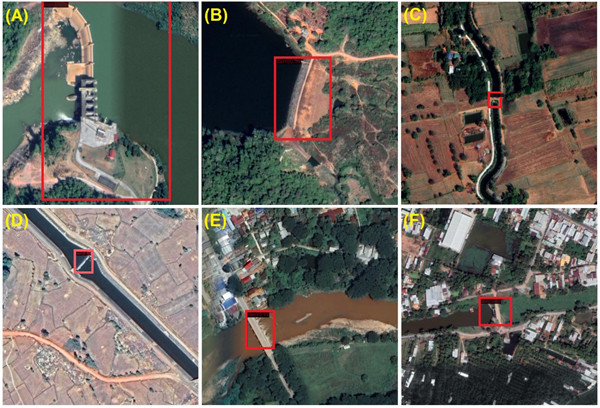YNU team researches connectivity of Lancang-Mekong River
Sun Jingrui, a postdoctoral fellow at the Institute of International Rivers and Ecological Security at Yunnan University (YNU), along with researchers Ding Chengzhi and He Daming, recently published a paper in the journal Water Resources Research.
The paper reveals the impact of river obstacles on the connectivity of the Lancang-Mekong River as well as their impact on aquatic habitats.
The Lancang-Mekong River is one of the few longitudinal international rivers in the world, and its fish diversity and freshwater fishery resources rank among the top globally.
In recent decades, the construction of large-scale hydropower and water conservancy projects, among other river obstacles, has led to impaired basin connectivity and increased risks of aquatic habitat fragmentation, highlighting the vulnerability and security risks of river ecosystems.
However, the incomplete nature of the river obstacle databases used in previous studies has led to low reliability in assessing river connectivity, thereby affecting the scientific planning of basin connectivity restoration.
The paper highlights an urgent need to conduct a comprehensive assessment of basin connectivity and aquatic habitat fragmentation in order to support the effective protection of fish diversity in the Lancang-Mekong River basin.
In response to this major environmental impact source of obstacles in river, the university’s team has proposed, for the first time, a river obstacle detection method based on deep learning.
By constructing a global dataset of river obstacles, the team has developed a model capable of effectively detecting river obstacles from remote sensing images.

Examples of river obstacles identified by the detection model in the Lancang-Mekong River basin. [Photo/ynu.edu.cn]
By using the model, the team has constructed the first complete obstacle database for the Lancang-Mekong River basin, which includes information on five major river obstacles types, totaling over 13,000 obstacles.
By using the above database to evaluate the level of habitat fragmentation in the Lancang-Mekong River basin, they found that over 71 percent of sub-basins are affected by river obstacles. Moreover, the degree of fragmentation in the Thailand region is significantly higher than in other basin countries, with habitat fragmentation mainly attributed to agricultural water conservancy obstacles.
All rights reserved. Presented by China Daily. 滇ICP备12004993号-2








